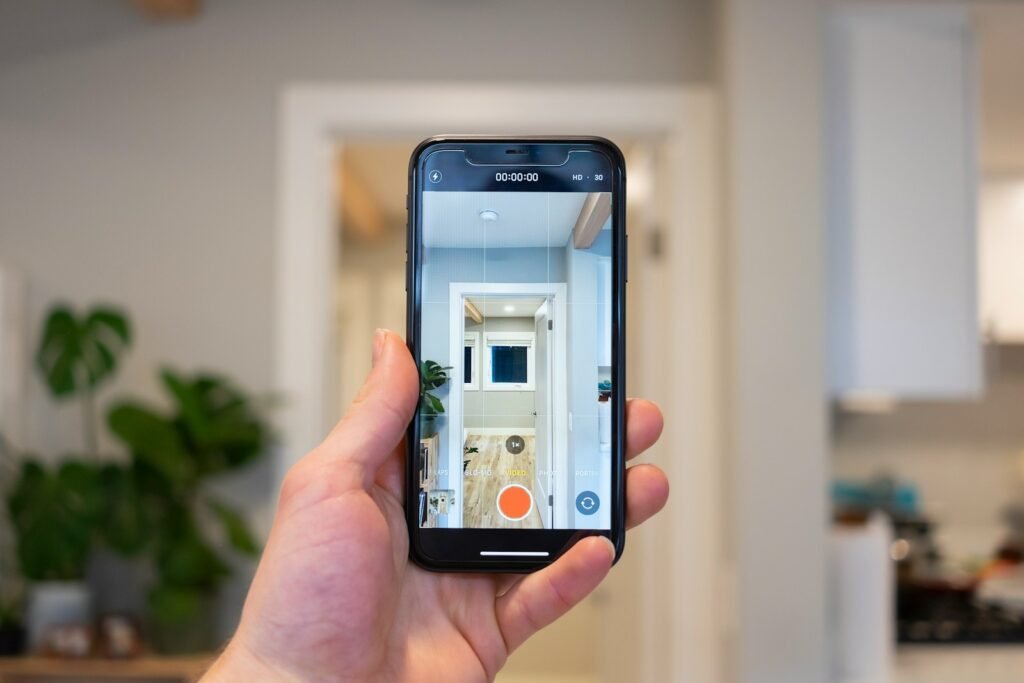The real estate industry is undergoing a digital revolution, and virtual tours are at the forefront of this transformation. Gone are the days when buyers needed to physically visit multiple properties before making a decision. Today, virtual real estate tours and digital property showings are reshaping how we buy and sell homes, making the process more efficient, accessible, and surprisingly personal.
This shift isn’t just about convenience, it’s about fundamentally changing the way we experience properties. From first-time homebuyers to international investors, real estate technology is creating new opportunities while raising important questions about what the house-hunting experience will look like in the coming years.
Why Virtual Tours Are Becoming the New Standard
The pandemic accelerated the adoption of virtual tours, but their staying power comes from genuine advantages that benefit both buyers and sellers:
- No Geographic Limitations: A buyer in New York can tour a Miami condo during their lunch break, while an investor in London can evaluate a Dubai penthouse before booking a flight. This global access is particularly valuable for luxury properties and vacation homes.
- Time Efficiency: Realtors report that serious buyers can narrow down their options through virtual tours before scheduling in-person visits, saving everyone time. What used to take weeks of property visits can now be accomplished in days.
- After-Hours Access: Digital showings don’t need to follow office hours. Interested buyers can tour properties at midnight if that’s when they have time available.
- Enhanced Presentation: Sellers can professionally stage and highlight a property’s best features without worrying about bad weather or poor lighting during an open house.
The Technology Behind Modern Virtual Tours
Not all virtual tours are created equal. The most effective ones use a combination of technologies to create immersive experiences:
- 3D Matterport Scans: These create dollhouse-style walkthroughs where viewers can “teleport” between rooms
- Live Video Walkthroughs: Realtors guide buyers via FaceTime or Zoom in real-time
- Augmented Reality: Some apps let users visualize furniture in empty rooms or see different wall colors
- Virtual Staging: Empty properties can be digitally furnished to help buyers imagine possibilities
High-end listings now often include drone footage of the neighborhood, 360-degree views from balconies, and even “day-to-night” transitions that show how natural light changes throughout the day.
Unexpected Benefits for Different Market Segments
While virtual tours help all types of real estate transactions, they’re proving particularly valuable for:
Luxury Properties: High-net-worth individuals value privacy and efficiency. Virtual tours allow discreet preliminary viewings without drawing attention to a celebrity’s or executive’s house hunt.
Rental Markets: College students and relocating professionals can secure apartments sight-unseen with confidence, reducing the need for temporary housing.
Commercial Real Estate: Businesses evaluating office spaces or retail locations can involve multiple decision-makers across different locations in the evaluation process.
Senior Housing: Adult children helping aging parents downsize can collaboratively tour properties together remotely.

The Human Element in Digital Showings
Despite the advanced technology, the most successful virtual tours maintain a personal touch. Savvy agents now:
- Host live Q&A sessions during digital open houses
- Provide “behind-the-scenes” commentary about neighborhood quirks
- Follow up with personalized video messages highlighting features that match the buyer’s needs
- Use screen sharing to collaboratively discuss renovation possibilities
This hybrid approach combines the convenience of technology with the relationship-building that’s always been at the heart of real estate.
Challenges and Limitations
Virtual tours aren’t perfect solutions for every situation:
- Older Properties: Quirky architectural details or unusual layouts sometimes don’t translate well digitally
- Sensory Factors: Buyers can’t assess neighborhood sounds, smells, or “feel” of a space through screens
- Tech Barriers: Some older buyers or those in rural areas with poor internet struggle with the technology
- Over-Curation: There’s a risk that virtual staging could misrepresent proportions or hide flaws
The most ethical agents are transparent about these limitations, using virtual tours as a screening tool rather than a complete replacement for physical visits when possible.
What’s Next? The Future of Virtual Real Estate
Emerging technologies promise to make digital showings even more immersive:
- VR Showings: As VR headsets become more affordable, fully immersive 3D walkthroughs will become standard
- AI-Powered Tours: Chatbots could answer questions about properties in real-time during self-guided tours
- Blockchain Verification: Secure digital documentation could accompany virtual tours, instantly verifying property details
- Haptic Feedback: Future systems might let users “feel” textures like countertops or flooring remotely
Perhaps most importantly, virtual tours are changing buyer expectations. Properties without high-quality digital presentation are already at a disadvantage, and this trend will only intensify.
Practical Tips for Buyers and Sellers
For Sellers:
- Invest in professional 3D scanning, it typically pays for itself through faster sales
- Ensure good lighting and declutter before digital capture
- Ask your agent about adding “video postcards” of neighborhood highlights
For Buyers:
- Treat virtual tours seriously, prepare questions just as you would for physical visits
- Request additional video of the property at different times of day
- Always follow up with an in-person visit before purchasing when possible
The real estate professionals who thrive in this new environment will be those who master both the technology and the human elements of the transaction. Virtual tours aren’t replacing agents, they’re empowering good agents to serve more clients more effectively.
As we look ahead, one thing is clear: virtual tours and digital showings aren’t just temporary conveniences; they’re fundamentally changing how we discover, evaluate, and fall in love with properties. The future of real estate isn’t purely physical or purely digital, but a thoughtful blend of both that makes the entire process more transparent, efficient, and accessible to everyone.









